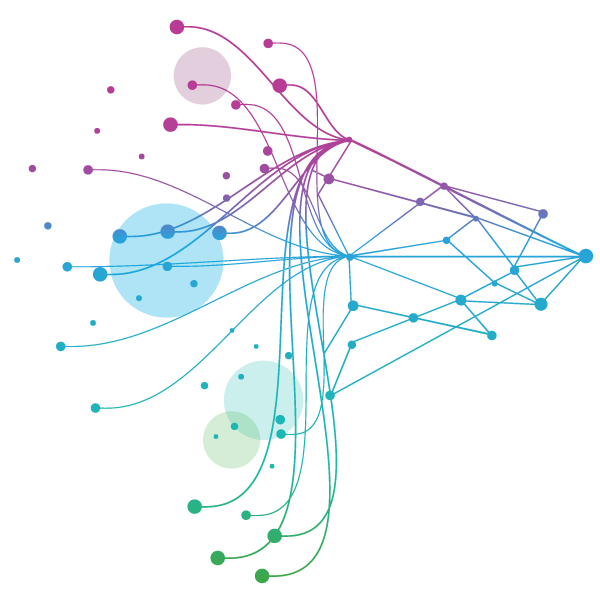Strengthen your portfolio by making more informed decisions and prepare for the impact of new research discoveries.






















- Library
- Key Tailwinds and Headwinds Impacting the Outlook for the Asian Pharmaceutical Market
Get instant access
This article reviews the latest pharmaceutical forecasts from IQVIA's Market Prognosis in the Asia region and presents a summary of key tailwinds and headwinds impacting the region's pharmaceutical market outlook over the next five years. The analysis is based on findings from 12 key Asian markets covered in the March 2025 edition of IQVIA's Market Prognosis, including China, Hong Kong, India, Indonesia, Japan, Malaysia, Philippines, Singapore, South Korea, Taiwan, Thailand, and Vietnam.
Pharmaceutical sales in the 12 Asian markets are forecast to grow at a CAGR of 3.7% between 2024 and 2029, marginally faster than in the previous five years. China, Japan, and India are the largest markets and major contributors to the region's pharmaceutical expansion, together accounting for 81.1% of regional sales in 2024. China, the largest market, is anticipated to expand at a CAGR of 2.8% over 2024–2029, whereas Japan and India, the second and third largest markets, are expected to post a CAGR of 1.2% and 8.0%, respectively. Of the 12 Asian markets, Malaysia will record the fastest growth, posting a CAGR of 8.9% over 2024–2029.
Tailwinds
Increasing demand from a rapidly aging society
Asian markets are experiencing one of the fastest demographic shifts in the world, with their population aging at an unprecedented pace. Countries such as China, Japan, Singapore, South Korea, Taiwan, and Thailand are the vanguard of this trend. The most significant implication of this shift is the growing healthcare and pharmaceutical demand from the elderly population. According to the Economist Intelligence Unit (EIU), the population aged 65+ years in the 12 Asian markets is expected to increase from 409.0 million in 2024 to 514.2 million in 2029, posting a CAGR of 4.7%. As the growth in this cohort accelerates, the need for accessible, affordable, and quality healthcare services is skyrocketing. Long-term care services, including homebased and community-based care are being expanded in Japan, Singapore, South Korea, and Taiwan. However, meeting these needs requires significant public and private investment. Initiatives to increase funding for elderly care are also underway in these countries. For example, the Japanese government has approved around ¥38.3 trillion for FY2025 social security spending. Health ministries in South Korea and Taiwan are planning to launch home-based care services.
Recent and future drug launches driving stronger market growth
Recent and future innovative new products, many addressing unmet medical needs, will drive growth in the Asian pharmaceutical markets. Specialty, orphan, biologic, and oncology products will constitute a growing share of these drugs, leading to a gradual increase in the average price per standard unit and driving growth in value terms. New, more efficacious anti-obesity drugs available on an out-of-pocket basis will also contribute to market growth across the larger Asian markets, especially in China, India, and South Korea.
Facilitating access to innovative drugs
Governments in the Asian markets are implementing strategies to ensure timely access to innovative new drugs for patients. These strategies include streamlining approval processes, expanding reimbursement coverage, and fostering domestic pharmaceutical innovation. China has implemented accelerated regulatory pathways such as priority and conditional approvals to expedite access to innovative drugs. Moreover, the institutionalization of national price negotiation enables the timely inclusion of innovative drugs in the National Reimbursement Drug List, benefiting new drugs for oncology, rare, and other chronic diseases.
To explore the full details of the pharmaceutical forecasts for other Asian countries, along with comprehensive insights into the tailwinds, headwinds, and market outlook, download the complete article. It offers valuable insights into market dynamics, helping you to anticipate changes, identify opportunities, and strategize effectively in the evolving pharmaceutical landscape.
Related solutions
Accelerate strategic decision making with a clear view on future market dynamics, now powered by AI





